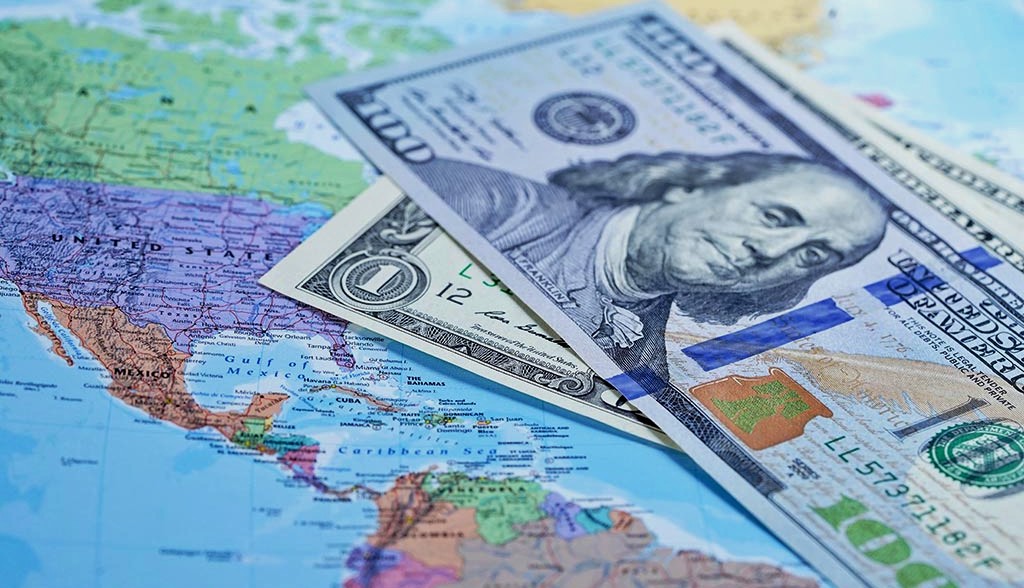
Diego Sacchi spoke about these issues in his column on international news on the radio program El Círculo Rojo, which is broadcast every Thursday from 10 pm to 12 midnight on Radio Con Vos.
A few programs ago, Pablo Anino told us how the dollarization proposed by Javier Milei would practically lead to a phenomenal loss of purchasing power for the majority.
This may seem like an exaggeration, but today I brought you some examples of countries that dollarized and how they fared.
The Marshall Islands, Micronesia, Palau, East Timor or Zimbabwe, on our continent Puerto Rico, Panama, Ecuador, El Salvador, are the ones that have the dollar as their official currency.
Among the countries of our region, Panama adopted the dollar as its official currency in 1904. This measure coincided with the advance of the United States, which assumed control of the Panama Canal.
The US dollar has also been the currency of Puerto Rico since the US invasion of the island on July 25, 1898.
In El Salvador, dollarization was applied in 2001. The law set the exchange rate at 8.75 colones per dollar. Until that moment someone who earned 875 colones was equivalent to 200 dollars, since the “dollarization” began to receive 100 dollars.
Dollarization remains afloat with income from family remittances, which in 2019 totaled 5,650.2 million dollars, equivalent to 16% of GDP.
Surely the example that is closest to us is that of Ecuador. On January 9, 2000, President Jamil Mahuad dollarized the Ecuadorian economy: his main objective was to save the banks.
The immediate effects of decreeing the replacement of the sucre with the dollar were so negative that President Mahuad resigned after a few days due to the massive mobilizations against him.
More than 70% of the population came to be below the poverty line, electricity rates doubled and small savers lost up to 80% of their funds.
The minimum wage was cut to less than half what it was in 1998, and thousands of retirees earned less than $13. Inflation remained high reaching 96% per year.
Not everyone lost with dollarization. The richest 20% kept 61% of GDP (according to IMF estimates), while the bottom 20% earned less than 2.5%. In 2020, 71% of the inhabitants became submerged in poverty (according to Unicef data), reaching more than 9 million people.
Each country that we review has its particularity, but a common denominator appears in all of them: dollarization is for the benefit of the imperial wishes of the United States or to save the millions of the most powerful sectors.
While for millions it means loss of rights and worse living conditions.
Source: www.laizquierdadiario.com

